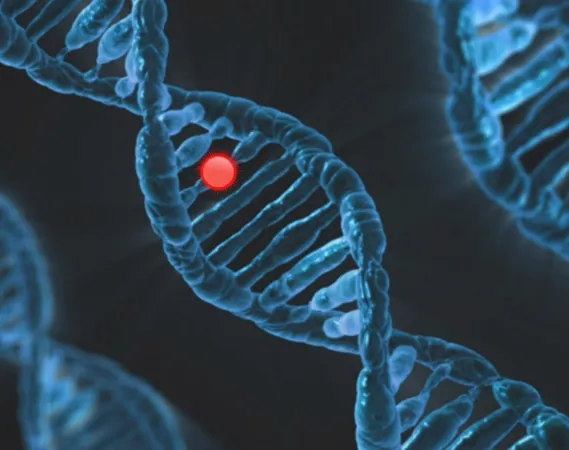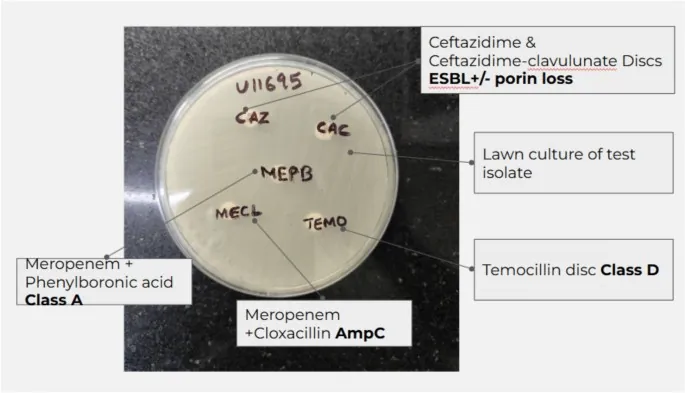
Groundbreaking Discovery: How Genetic Mutations Fuel Weaver Syndrome and Its Implications
2025-08-26
Author: Ming
Unlocking the Mystery Behind Weaver Syndrome
In an exciting breakthrough, scientists from the Smurfit Institute of Genetics at Trinity College Dublin have unveiled how mutations in the EZH2 gene contribute to the rare developmental disorder known as Weaver syndrome. Characterized by intellectual disability, excessive growth, and an increased cancer predisposition, this discovery could pave the way for better treatments in the future.
A Closer Look at the EZH2 Gene
Previously believed to merely compromise its function, mutations in the EZH2 gene have been shown to actively undermine the healthy counterpart in affected individuals. Even with one normal and one mutated gene, the disruption caused by the mutation leads to significant imbalances in crucial cellular processes.
Weaver Syndrome: More Than Just Overgrowth
Weaver syndrome belongs to a group of overgrowth syndromes linked to the Polycomb Repressive Complex 2 (PRC2), a complex vital for regulating how genes express themselves during development. The dysfunction of EZH2 alters chromatin structure, throwing the finely-tuned mechanisms of gene regulation into chaos.
A Unique Record-Holder with Weaver Syndrome
The effects of Weaver syndrome can be profound—Rumeysa Gelgi, the world's tallest living woman at over 7 feet tall, is a notable individual living with this condition.
How Mutations Impact Cellular Processes
Research utilizing both mouse embryonic stem cells and human cells from Weaver syndrome patients revealed that mutant EZH2 proteins disturb the normal functions of PRC2. As the impairment of PRC2 escalates, so does the severity of symptoms, indicating a direct correlation between gene function and the expression of the disorder.
What This Means for Future Research
Professor Adrian Bracken, the senior author of the study, emphasizes the importance of these findings: "This work provides the first conclusive evidence that EZH2 mutations not only disrupt gene function but also explain the onset of Weaver syndrome despite one healthy gene copy." He notes that some mutations heighten cancer risk due to their enhancement of tumor-promoting effects in EZH2.
A Broader Context: Chromatinopathies
Co-senior author Eric Conway from University College Dublin highlights that while Weaver syndrome is exceptionally rare—boasting fewer than 100 documented cases globally—it is part of a wider family of over 170 genetic syndromes known as chromatinopathies, characterized by disruptions in DNA packaging and gene regulation.
Building a Path for Future Treatments
First author Orla Deevy from Trinity asserts, "This research not only illuminates the intricate workings of Weaver syndrome but also establishes a framework for exploring other chromatinopathies. A nuanced understanding of these mechanisms is essential for advancing diagnostics and developing targeted therapies that are desperately needed."

 Brasil (PT)
Brasil (PT)
 Canada (EN)
Canada (EN)
 Chile (ES)
Chile (ES)
 Česko (CS)
Česko (CS)
 대한민국 (KO)
대한민국 (KO)
 España (ES)
España (ES)
 France (FR)
France (FR)
 Hong Kong (EN)
Hong Kong (EN)
 Italia (IT)
Italia (IT)
 日本 (JA)
日本 (JA)
 Magyarország (HU)
Magyarország (HU)
 Norge (NO)
Norge (NO)
 Polska (PL)
Polska (PL)
 Schweiz (DE)
Schweiz (DE)
 Singapore (EN)
Singapore (EN)
 Sverige (SV)
Sverige (SV)
 Suomi (FI)
Suomi (FI)
 Türkiye (TR)
Türkiye (TR)
 الإمارات العربية المتحدة (AR)
الإمارات العربية المتحدة (AR)